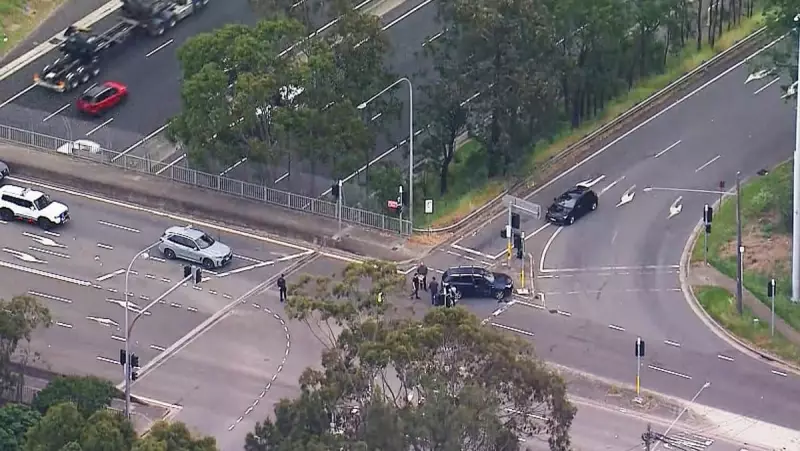
In a dramatic escalation of their war against organised crime, New South Wales police have pulled back the curtain on a major operation targeting so-called 'kill cars' - high-performance vehicles allegedly used by Sydney's criminal networks for violent offences.
Operation Amarok Six, revealed by police on Thursday, has seen investigators focus intensely on luxury and performance vehicles believed to be central to gang operations across the city. These vehicles, according to authorities, serve as the wheels of criminal enterprise, facilitating everything from drug distribution to violent attacks.
The Steel Fist of Operation Amarok
The operation forms part of the broader Operation Amarok strategy, which has become the police force's primary weapon against organised crime since its inception in 2023. Detective Commissioner Jason Weinstein described the latest phase as specifically designed to 'dismantle the logistical backbone' of criminal networks.
'These vehicles aren't just transportation - they're weapons, they're mobile command centres, and they're status symbols within these criminal organisations,' Weinstein stated during a press conference at police headquarters.
Striking at the Heart of Gang Mobility
Police intelligence suggests criminal groups maintain fleets of high-end vehicles, often registered to associates or shell companies, to avoid detection. The 'kill cars' moniker reflects their alleged use in serious violent crimes, including drive-by shootings and coordinated attacks against rival gangs.
The revelation comes amid growing concern about gang-related violence in several Sydney suburbs, with residents reporting increased sightings of convoys of expensive cars moving through their neighbourhoods, often during late hours.
Beyond the Traffic Stop
Operation Amarok Six represents a sophisticated approach to policing that goes beyond traditional traffic enforcement. Investigators are employing:
- Advanced surveillance techniques to track vehicle movements
- Financial investigation to uncover ownership patterns
- Intelligence sharing between multiple police commands
- Forensic analysis of seized vehicles for evidence
This multi-pronged strategy aims not just to remove dangerous vehicles from the streets, but to build comprehensive cases against the criminal networks that control them.
A Pattern of Escalation
The focus on 'kill cars' follows several high-profile incidents where vehicles were used as instruments of intimidation or violence in gang conflicts. Police sources indicate that the sophistication and coordination of these vehicle operations have increased significantly in recent months.
'We're seeing patterns that suggest these aren't spontaneous actions, but carefully planned operations using specific vehicles for specific purposes,' one senior investigator noted.
The Human Cost
Behind the police terminology and operational details lies a stark reality for communities affected by gang violence. Residents in areas with significant gang presence have reported feeling increasingly unsafe as vehicle-based intimidation becomes more common.
Community leaders have welcomed the police operation, while emphasising the need for broader solutions addressing the root causes of gang involvement.
As Operation Amarok Six continues, police have vowed to maintain pressure on criminal networks, promising further revelations and arrests in the coming weeks. The message to Sydney's gangs is clear: their wheels of crime are no longer rolling under the radar.





